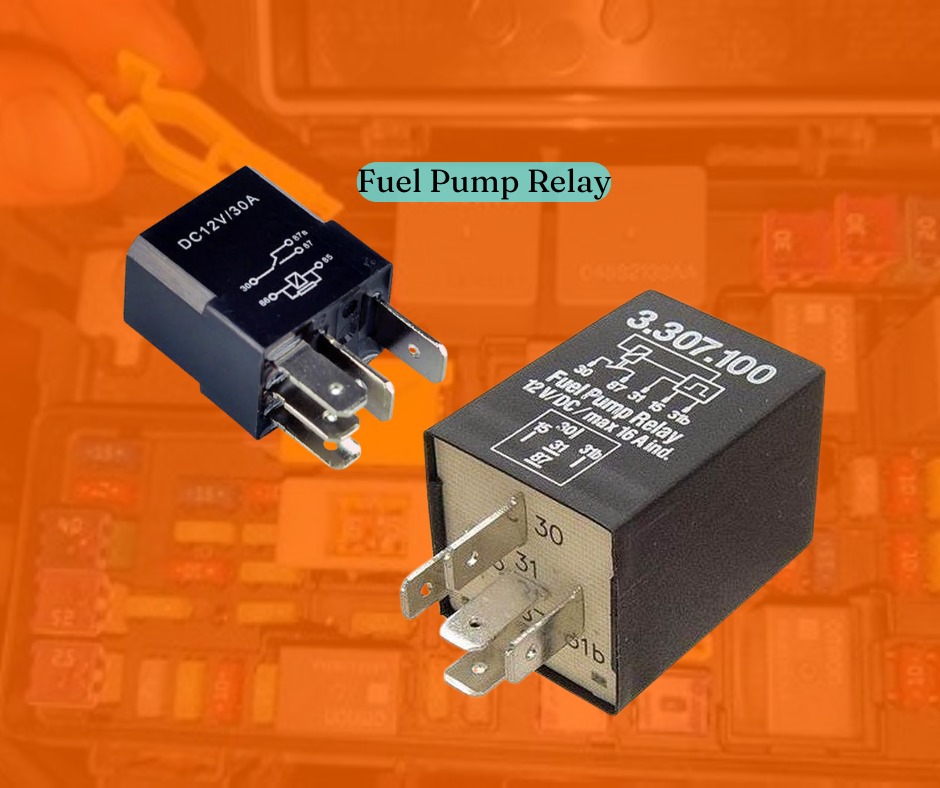Ultimate Guide to Replacing Your Fuel Relay Pump

Learn how to boost your vehicle's performance by replacing your fuel relay pump with our easy-to-follow guide.
Understanding the Role of a Fuel Relay Pump in Your Vehicle
The fuel relay pump plays a crucial role in your vehicle by controlling the fuel pump's power supply. When you turn the ignition key, the fuel relay pump activates the fuel pump, ensuring that fuel is delivered from the tank to the engine. This process is essential for the engine to start and run smoothly.
A failing fuel relay pump can cause a variety of issues, including difficulty starting the engine, stalling, and poor engine performance. Understanding its role helps you appreciate the importance of timely replacement to maintain your vehicle's efficiency and reliability.
Tools and Materials Needed for Fuel Relay Pump Replacement
Before you begin the replacement process, make sure you have the following tools and materials on hand: a new fuel relay pump, a socket set, screwdrivers, pliers, a multimeter, and a repair manual specific to your vehicle model. Additionally, having safety gear such as gloves and safety glasses is highly recommended.
Having all these tools and materials ready will streamline the replacement process and ensure that you can handle any unexpected issues that may arise during the procedure.
Step-by-Step Instructions on Removing the Old Fuel Relay Pump
1. Locate the Fuel Relay Pump: Consult your vehicle’s manual to find the exact location of the fuel relay pump. It is typically found in the fuse box under the dashboard or in the engine compartment.
2. Disconnect the Battery: To ensure safety, disconnect the negative terminal of the battery to avoid any electrical shorts or shocks.
3. Access the Fuel Relay Pump: Open the fuse box cover and locate the fuel relay pump. You may need to remove some screws or clips to gain easier access.
4.Remove the Old Relay: Gently pull out the old fuel relay pump. In some models, you might need to use pliers to carefully remove the relay without damaging surrounding components.
Installing the New Fuel Relay Pump
1. Insert the New Relay: Take your new fuel relay pump and align it with the socket in the fuse box. Push it firmly into place until it is securely seated.
2. Reassemble the Fuse Box: Replace any screws or clips that were removed and close the fuse box cover.
3. Reconnect the Battery: Reattach the negative terminal of the battery to restore power to the vehicle.
Testing and Troubleshooting Your New Fuel Relay Pump
1.Test the Ignition: Turn the ignition key to the 'on' position without starting the engine to check if the fuel pump activates. You should hear a faint humming sound indicating that the fuel pump is working.
2. Start the Engine: Start your vehicle to ensure the engine runs smoothly. If it starts without issues, the installation was successful.
3.Troubleshoot if Necessary: If the engine does not start or runs poorly, double-check the relay installation and ensure all connections are secure. Use a multimeter to test the relay and consult your vehicle’s manual for further troubleshooting steps.

 Loading..
Loading..